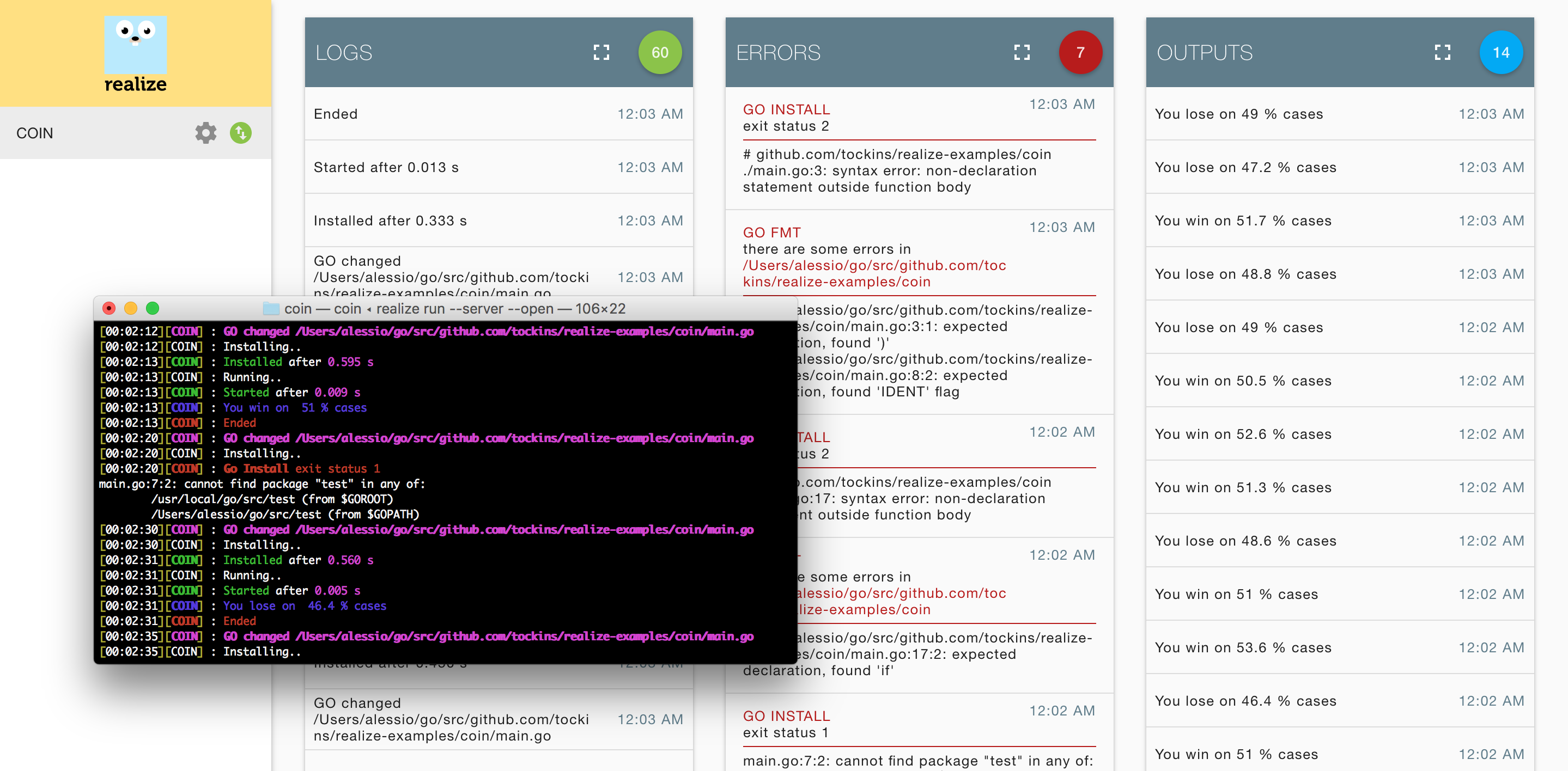

Programmatically working with a file includes obtaining metadata, creating new files, and reading and writing data to. We will also learn how to write to a file concurrently. The first version of the utility will use the io.Copy() function of the standard Go library. Write to a File Using WriteString in Go Read/Write From/to a File Using io/ioutil in Go Data can be saved in a file, which gives it structure and allows it to be kept permanently or temporarily, depending on the storage media. In this tutorial, we will learn how to write data to files using Go. In this example, we focus on writing data to a file. Using the os package, you can easily open, read from, write to and close the file. Golang has inbuilt packages like os and io that provides file create, open, read, and write functions through which we can handle file management operations.

Although there are more than three ways to copy a file in Go, this article will present the three most common ways: using the io.Copy() function call from the Go library reading the input file all at once and writing it to another file and copying the file in small chunks using a buffer. Write to a file in Go (Golang) Write to a file in Go Apintroduction file Go has excellent built-in support for file operations. We will be heavily leveraging standard library packages like os, bufio, bytes and fmt. This article will show you how to copy a file in the Go programming language. We will be performing write operations like appending, deleting, and replacing a file using golang. Read part 1: Creating random, secure passwords in Go, and part 2: Build a concurrent TCP server in Go. This article is part of a Go series by Mihalis Tsoukalos.


 0 kommentar(er)
0 kommentar(er)
